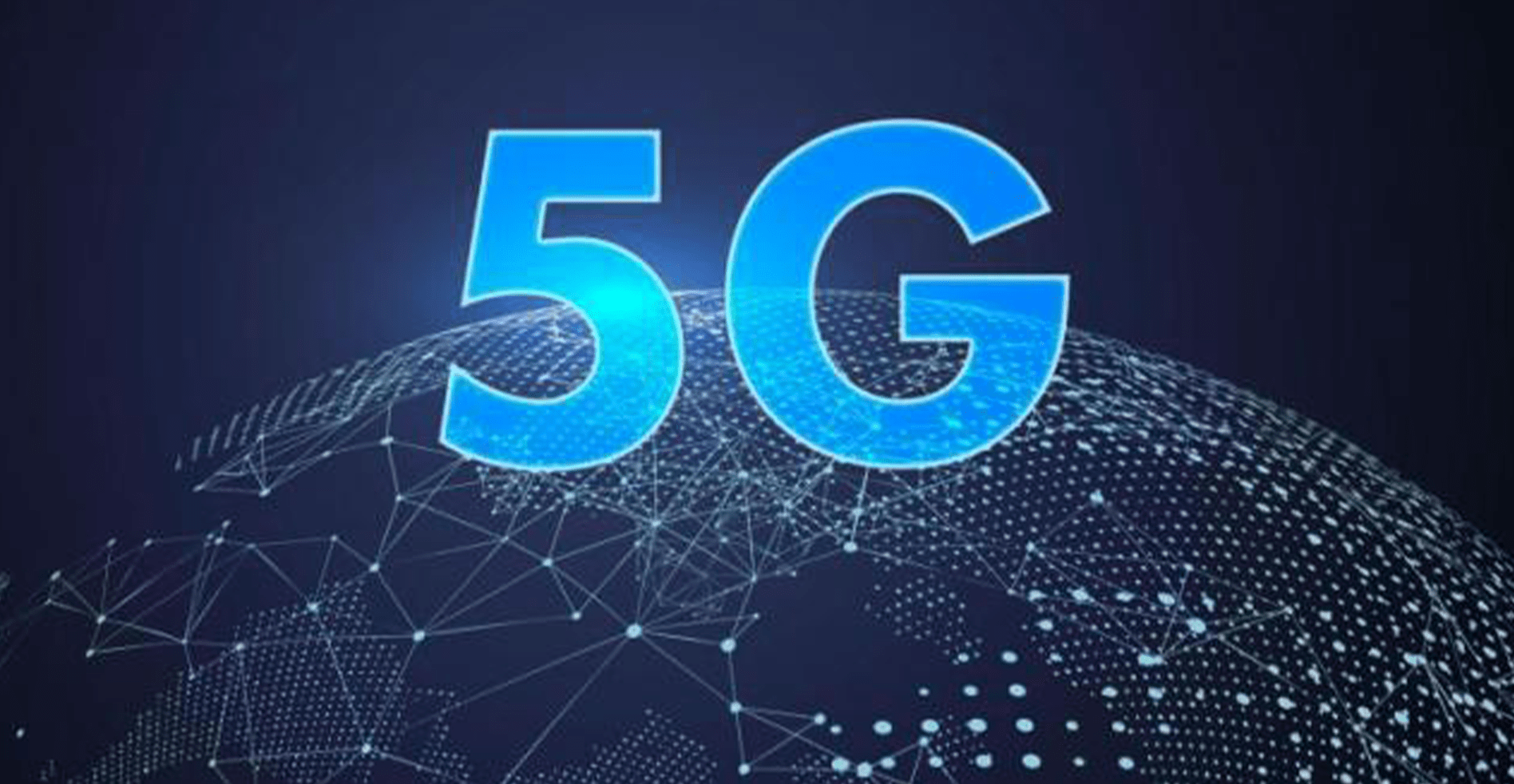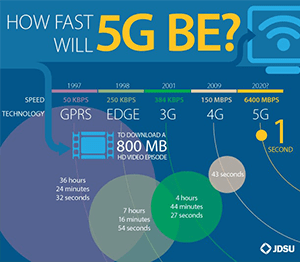How to Choose the Best Antivirus Software
Simplify your search for an antivirus software with this guide.
read morePublished on: January 22nd, 2016

The race for technology superiority is never-ending, and the four major cell phone carriers, network equipment providers, and smartphone chip developers nationwide are currently racing to achieve the high and mighty 5G prestige. But how will 5G work, how fast will it be, and when can we expect it? While the details are not entirely ironed out, here’s a look at what’s in the works for 5G.
5G experimentation is occurring at extremely high frequencies, as high as 73,000 MHz. To put that into perspective today, cell phone networks are broadcasting signals that range from 700 MHz to 3,500 MHz.
High-frequency signals are critical to 5G’s success because they’re able to provide elite data speeds. However, there are several disadvantages of high-frequency signals, including their ability to travel shorter distances and that they cannot penetrate walls. In order for it to properly function, millions of mini network cell towers would have to be placed in virtually every building, every home (including rooms), and even lamp posts.

In short, it would be a logistical nightmare and could get rather costly. Rather than throwing 4G to the curb, 5G will most likely complement its counterpart in crowded areas to provide speed boosts. In a perfect world, developing network structures that enable 2G, 3G, 4G, 5G, and Wi-Fi with the ability to jump between them to maximize performance in real-time is ideal.
Consumers want everything faster, smarter, easier, and 5G has the potential to hopefully satisfy those desirables. 5G is predicted to offer speeds up to 40 times faster than 4G, ultimately being fast enough to stream “8K” videos in 3-D and download 3-D movies in six seconds, compared to 4G’s six minutes.
Nokia, one of the most influential 5G players, predicts that 5G will enable real-world speeds to reach 100 Megabits per second when the network becomes heavily gridlocked, still four times faster than 4G’s max speed.
With faster speeds come ultra-low latency. This means that consumers will witness faster loading applications, messages, videos, and websites. Ultra-low latency immensely reduces the time it takes for a network to respond to your commands, thus providing smoother and faster devices.
According to Bill Smith, President of AT&T’s Network Operations, 5G will make its debut in 2018. The foreseeable 5G will be smarter, faster, less power consuming, and unlocking a vast new world of wireless gadget capabilities. The birth of 5G will enable more wearable gadgets, faster smartphones, and create more intelligent smart-home devices.
The precise arrival date of 5G hitting the shelves is being held captive, but it’s expected to be tested during the 2018 Winter Olympics in South Korea. With all the details that need to be untangled and tested, while ensuring 5G doesn’t drive costs drastically higher, this technology will inevitably evolve how we use technology in our everyday lives.
Simplify your search for an antivirus software with this guide.
read moreHave you received this notorious Windows error screen? Here’s how to fix it.
read more© 2025 Computer Troubleshooters.